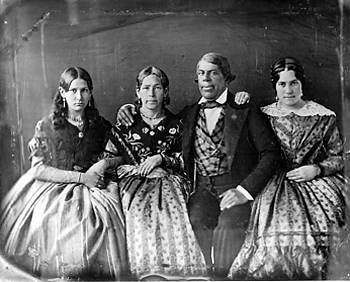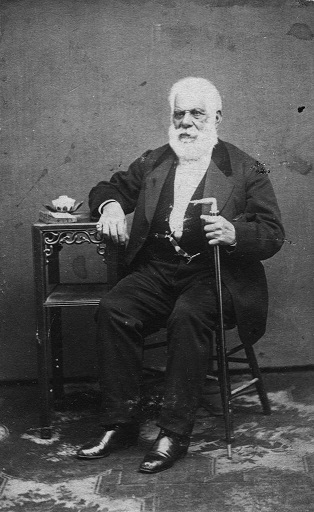Early California
Among the earliest non-indigenous residents of California were hundreds of people of African background who descended from slaves taken to Mexico during the fifteenth and sixteenth centuries.Anza Expedition
In 1775-1776 Spanish Captain Juan Bautista de Anza led an expedition that, with the aid of Native Americans, brought some 240 men, women, and children on an epic journey from northern Sonora to San Francisco California. Out of the roughly 240 settlers who took part in the Anza expedition, many were Afro-Latinos, or people of mixed-African, Indigenous, and Spanish ancestry.

These Afro-Latinos, as they have come to be called, helped shape the character of California by blazing trails and establishing towns and ranches that grew into major cities like Los Angeles, San Diego, Monterey, and San Jose. Several amassed considerable fortunes and acquired high-ranking positions in the military and government.
Some notable examples of Afro-Latinos who played prominent roles in California’s development were Juana Briones, Manuel Nieto, Tiburcio Tapia, and Pío Pico.
The Anza expedition brought Pico’s parents, José Maria Pico and Maria Gutierrez, from Mexico to Alta California as children. Their families settled at Mission San Gabriel and thrived in the military, politics, trade, and property development.

Image: Pío de Jesus Pico and his wife, María Ignacia Alvarado Pico, in 1852, with two of their nieces, María Anita Alvarado (far left) and Trinidad Ortega (far right). Courtesy of the Seaver Center for Western History Research, Natural History Museum of Los Angeles County.
Pío Pico
Pío Pico came from a very well-known Afro Latino family that became one of the most wealthy and powerful in Mexican-era California. In addition to his success in acquiring extensive landholdings including a 133,331 acre land grant, Pico become California’s last governor under Mexican rule.

In 1869 Pico sold some property and spent $85,000 of the proceeds to build the grand, three-story Pico House Hotel — the most modern in Los Angeles at the time. The still-impressive, 82-bedroom Pico House Hotel stands on L.A.’s downtown central plaza, part of El Pueblo de Los Angeles Historical Monument.
This African heritage of early California is often overlooked, so I challenge you to look deeper into history and your past. Where did your ancestors come from?
Image: Governor Pío Pico. Courtesy of the Anaheim Heritage Center.
